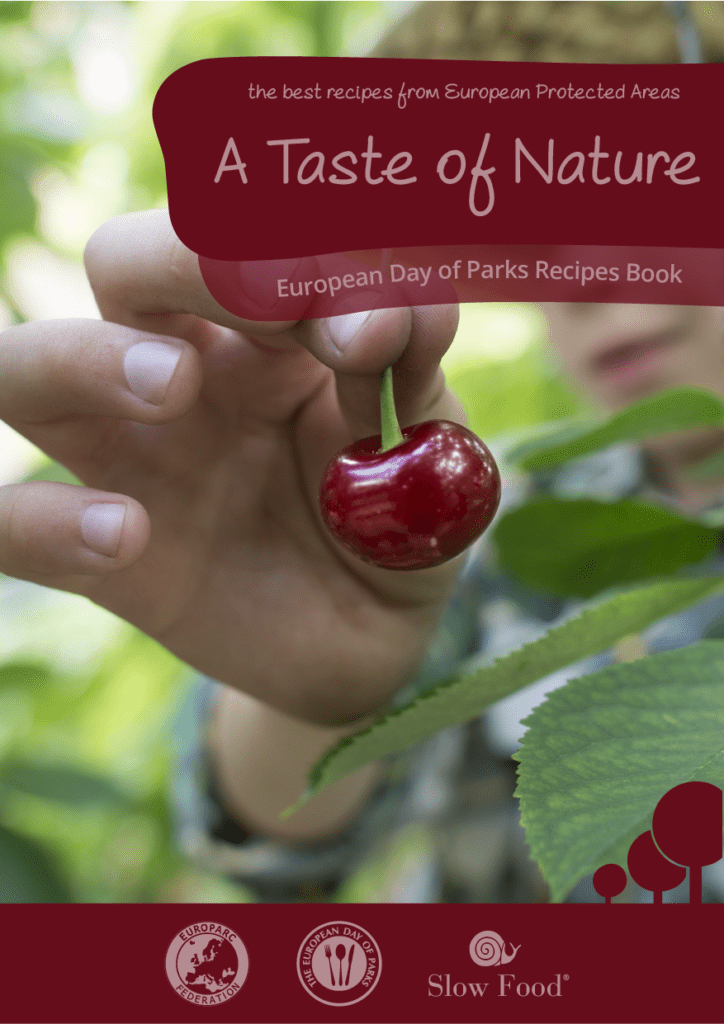“Biodiversity in regions and cities” – EU week of Regions and Cities
Yearly, the European Week of Regions and Cities is co-organised by the European Commission’s Directorate-General for Regional and Urban Policy (DG REGIO) and the European Committee of the Regions (CoR). It aims at promoting initiatives of local and regional authorities in Europe and in 2017, the Week was celebrated with a series of workshop and conference sessions that took place in Brussels, between the 9th -12th October 2017.
“Biodiversity in regions and cities”
How to promote projects to support biodiversity protection in/near cities was the focus on the workshop on “Biodiversity in regions and cities”, organised by DG Environment and IEEP –Institute for European Environmental Policy– during the European Week of Region and Cities.
EUROPARC attended the event sharing in particular, but not only, the experience of periurban parks. In Europe, several small cities and villages are located inside regional and national parks, therefore, the connection between urban planning and biodiversity conservation is of great interest to many protected areas – despite their type or category.
The day’s focus and discussions followed the guidance on how to proof EU Cohesion funding for biodiversity. It targeted in particular national and regional authorities responsible for planning and managing the EU Cohesion Policy funds in the context of nature and biodiversity.
From the debate emerged that often lack of capacity in many local administration to deal with the complex procedures of the EU Cohesion Policy and related funding (ERDF, ESF, Cohesion Fund) makes many funds not enough/well used: a simplification of the procedures would be useful.
Other important point discussed was that usually, the local department in charge for the Cohesion Funds is responsible for Development and not for Environment, and, consequently, often these funds are addressed to promote big infrastructures or industrial initiatives – a good collaboration among local department is needed to enlarge the general comprehension on how these funds can be used.
A final important suggestion to use the Cohesion Funds is to emphasize the multibenefits of nature conservation, that permits to access to measures and funds apparently not devoted to biodiversity.
To know more about EU Cohesion funding for biodiversity:
- Common Framework for Biodiversity-Proofing of the EU Budget – all documents available at the DG Environment website
- Common Framework for Biodiversity-Proofing of the EU Budget – General Guidance, by the IEEP
- Common Framework for Biodiversity-Proofing of the EU Budget – Cohesion Policy related guidance, by the IEEP
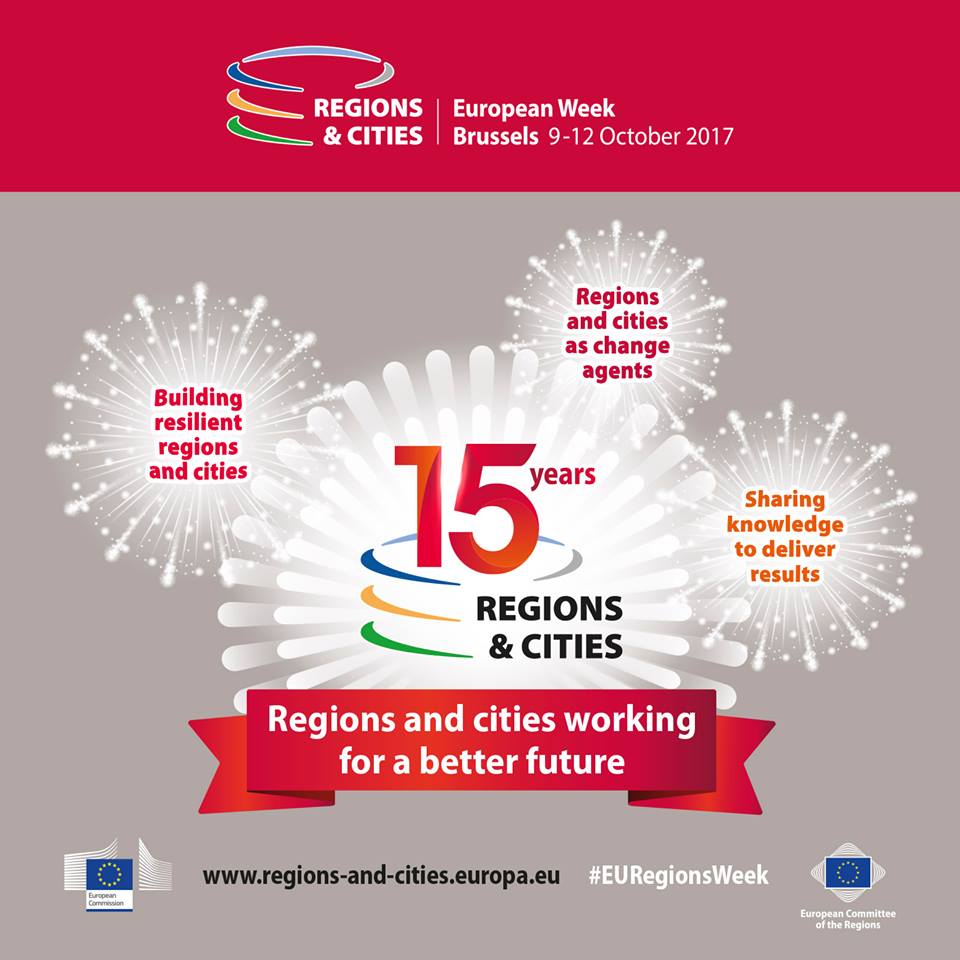
The EU week of Regions and Cities celebrated its 15th Anniversary in 2017
Living together: coexistence between people and large carnivores – Outcomes
In the beautiful alpine landscape of the Prealpi Giulie Nature Park, a mountainous boundary for humans, but an important ecological corridor for wildlife, EUROPARC organised a three days networking seminar on large carnivores. The event has been a great success, with more than 80 participants from different parts of Europe. Today, we bring you the main outcomes of the Networking seminar.
Prevention, compensation, incentives, communication, education, information, monitoring, dialogue and learning exchange, are only few of the key words of this path, along which protected areas can play an important role.
Wildlife return: paving the way to Coexistence
If the return of wildlife in many parts of Europe is to be considered a success for nature conservation, it constitutes for many also a clear challenge, bringing new questions for local communities, farmers and breeders, hunters, local authorities, protected areas, conservationists, and many others.
The two extreme positions, well summarised in the recurring “or us or them” argument, whoever pronounces it (farmers, hunters, breeders, conservationists or the large carnivores), won’t bring us far!
The attention should rather focus on coexistence. The perspective has to change to identify the new questions and propose adequate solutions.
Living together: building trust
The perception of people is an interesting indicator, and shows that the tolerance is lower where Large Carnivores have been absent for a long time. But, even if this may have an important impact, it cannot be the main driver for decisions. A priority is to ensure common and scientific based monitoring protocols, in order to have clear data for a more effective management of the species.
It is therefore crucial to base actions in this context on sound and scientific data, taking into account that most energies will then have to be dedicated to build trust with and among stakeholders and to deal with emotions and politics.
Many other aspects have to be considered as well:
- ensure that the scientific research is functional for effective management;
- the need to improve connectivity, to ensure enough space for wilderness and to plan and manage at a wider scale;
- the role of protected areas and the implication of Large Carnivores presence in areas that are not under specific management/conservation regimes;
- the relation between Large Carnivores and hunting and tourism sector… and much much more.
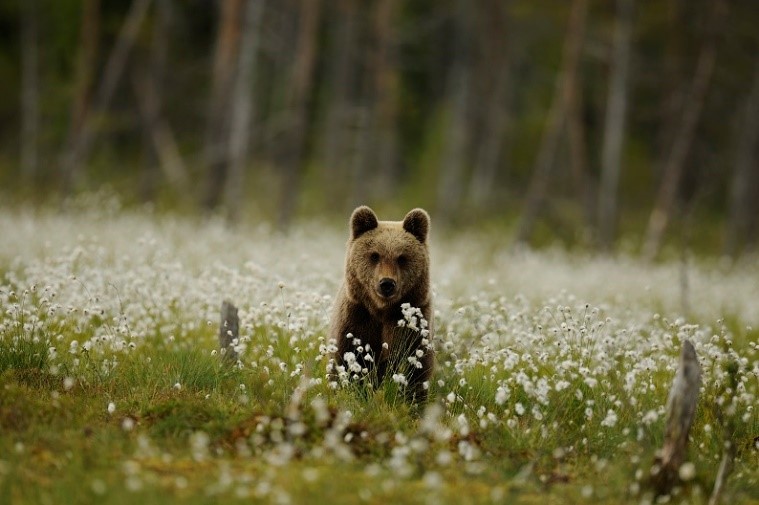
DINALP Bear Project
Solutions and good examples
Prevention and compensation measures are still crucial to support the work of farmers and breeders, and to promote coexistence. In some areas, the damages can be quite high as farmers and breeders are unprepared for the return of Large Carnivores that have been absent for so long. Costs for adapting zootechnics methods can become unsustainable if left only on the shoulder of farmers.
For this, Rural Development Programs are supporting specific measures for prevention in many countries (interesting cases from Trentino and Piemonte in Italy, and from RDP in Slovenia) and several LIFE projects have developed innovative methods and produced successful results. Among them:
LIFE WOLFALPS
The WOLFALPS project aims to implement and coordinate wolf conservation actions in key core areas and beyond in the Alps ecosystem, from West to East, to further support the natural wolf alpine recolonization process, encompassing several Parks in Italy and Slovenia.
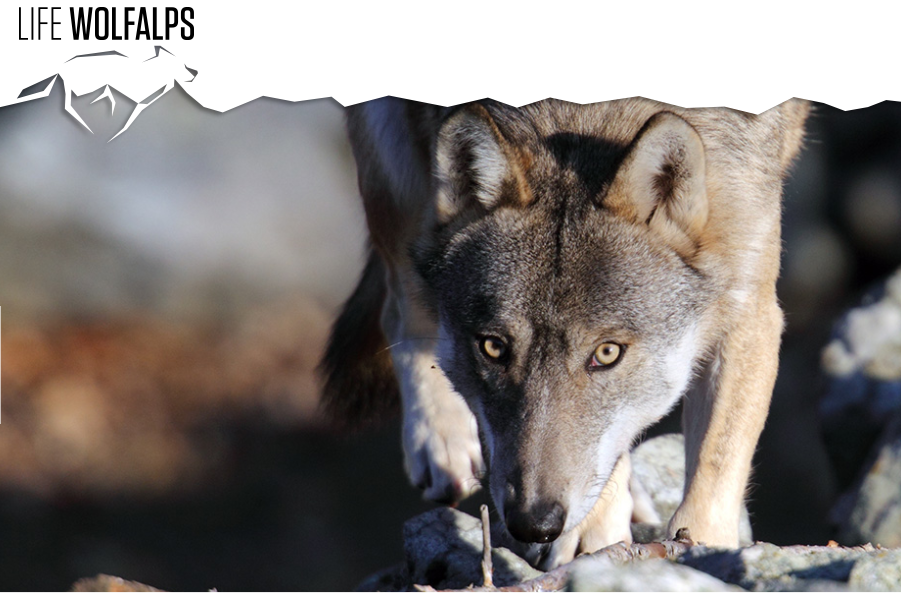
LIFE DINALP Bear
Dinalp-Bear A project that aims toestablish non-lethal solutions for coexistence with brown bear in northern Dinaric Mountains and the south-eastern Alps, encompassing 4 countries: Austria, Croatia, Italy and Slovenia. Project ongoing until 2019.
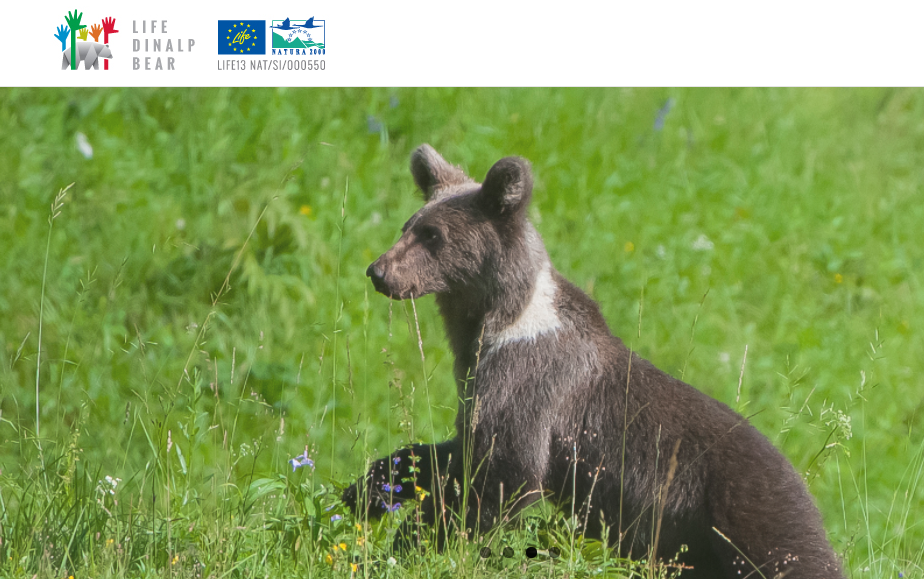
LIFE MedWolf
MedWolf Best practice actions for wolf conservation in Mediterranean-type areas that took place in Italy and Portugal. Aiming to decrease the conflict between the wolf’s presence and human activities in rural areas, where cultural tradition of coexistence with predators has been lost.
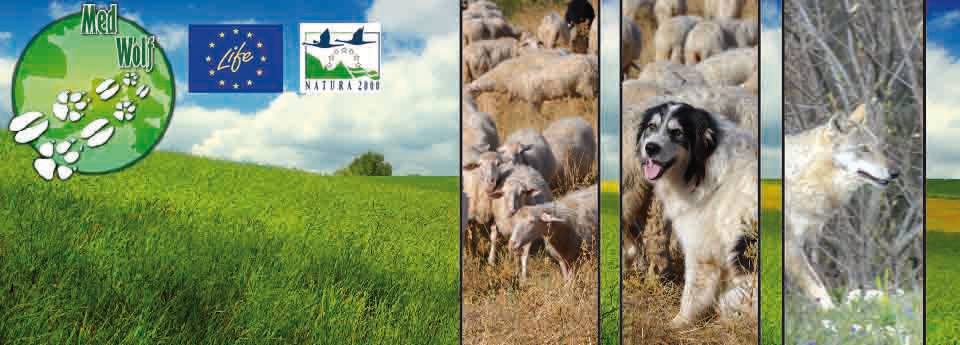
Communication, awareness raising & education
Even if it is probably unrealistic to expect farmers and breeders welcoming the return of Large Carnivores, there are still ways to ensure a successful coexistence. Communication, awareness raising and education play an important role to ensure a better understanding of challenges and opportunities. The Junior Ranger programme and the Youth+ initiative promoted by the EUROPARC Federation can be useful to reach the young generation in protected areas.
Moreover, the organisation of learning exchanges among managers and farmers, the promotion of dedicated discussion platforms for stakeholders, the organisation of training sessions for teachers and journalists can be very effective. The province of Trento has, for example, developed an interesting dedicated communication plan on bears targeting different audiences.

The workshop has been once more an opportunity to strengthen the dialogue among different stakeholders and to share experiences and perspectives on a delicate issue. The workshop took place in the framework of the 2017 initiatives of the EU Platform for coexistence between people and large carnivores, with the kind support of ELO – the European Landowners Organization, the active engagement of the hosting Park and the expertise of the University of Udine and was framed within the Natura 2000 Biogeographical Process for the Alpine Region.

EUROPARC is keen to bring forward the discussion and to facilitate the organisation of more focused and thematic workshops on Large Carnivores in the near future. We would also like to take the opportunity to thank once more the speakers and the Prealpi Giulie Nature Park for hosting the event.
“A Taste of Nature” Recipes book
In 2016, the European Day of Parks focused on the theme “A Taste of Nature” with over 300 activities being organised across Europe! We challenged Protected Areas to organise outdoor activities related to gastronomy. Several culinary workshops, show-cooking events with local and seasonal products, and guided tours on edible plants were organised. All over Europe, Protected Areas showcased the link between sustainable agriculture, and promoted their best organic and regional tastes of nature!
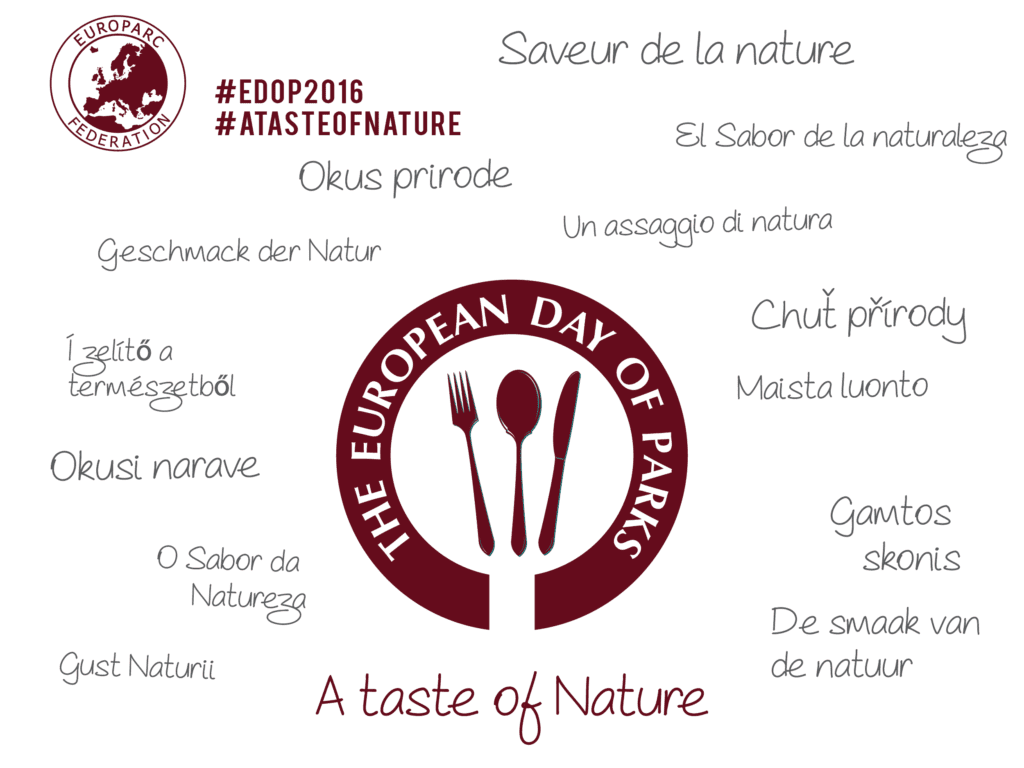
We challenged protected areas from across Europe to gather recipes of their best traditional tastes. The result comes alive today, 16th of October: The World Food Day.
A Taste of Nature: the recipes book
Download the full Recipes Book
Europe’s protected areas are composed of a variety of landscapes, embedded in cultural identity. Sculpted by nature and shaped by people, for most of Europe, protected areas are not museums of nature, but laboratories of living working landscapes. This book celebrates the strongest connection between people and the land – Food!
On the World Food Day, we must remember the high importance of Sustainable Agricultural practices, that respect the environment and biodiversity whilst preserving cultural heritage. Traditional practices, regional products and ancient recipes: it is time to praise them!
As you tour the pages, you will discover parks from across Europe, sharing a selection of popular recipes using ingredients found locally in these protected areas. Some parks even sent us a film of their recipes! So tour on them or on our YouTube Playlist: Taste of Nature.
EUROPARC invites you to experiment with the different recipes and learn more about the protected areas and products involved in their preparation. Go and visit them for yourselves where you can truly enjoy and Eat the View!
This book is an initiative lead by EUROPARC Federation, with the support from Slow Food International and was only possible to contribution of the several parks. A warm thank you to all those who have shared their tastes with us!
Bon appétit!
Recipes playlist on youtube!
Every year, the EUROPARC Federation promotes the European Day of Parks. Created in 1999 by the Federation, ittakes place on and around 24th of May. It aims to bring people closer to nature and raise public awareness on the importance of the natural beauty preserved in Protected Areas and the importance of conservation and sustainable management of those places.
The 2016 edition was one of the most successful! It had a sound impact regional and national media – especially TVs and printed journals – and created a strong buzz on social media.
eCONSERVATION – who is funding what and where?
The science and knowledge service of the European Commission – Joint Research Center (JRC) – just launched a beta version of a new tool to support your work: the eConservation platform.
This tool, in essence, is a huge database that works with an interactive map to help you getting an overview of biodiversity conservation projects funded by big public donors worldwide. Those donors include so far: European Union (so far LIFE project and DG International Cooperation and Development), World Bank, Global Environment Facility, Critical Ecosystem Partnership Fund and other key multilateral and bilateral agencies.
You can simply browse for projects by their location, objectives, timeframe, budget, and the organisations involved. That way you can gather some valuable input for your own decision-making and find out about potential funding opportunities by big donors. The Conservation section of the tool might be of special interest to you: it provides global statistics focused on the World Protected Areas and you can analyze the connection between conservation projects and protected areas in terms of funding and action types.
Other than that – you might as well just browse this database for some inspiration for your own projects and for some ideas whom to network with.
When trying the tool just keep in mind that so far the database is still a prototype which means it is still in its test phase and not all donors and projects are displayed. In the near future, it will be extended step by step. So make sure you check it from time to time.
Have fun exploring: http://econservation.jrc.ec.europa.eu/ “
